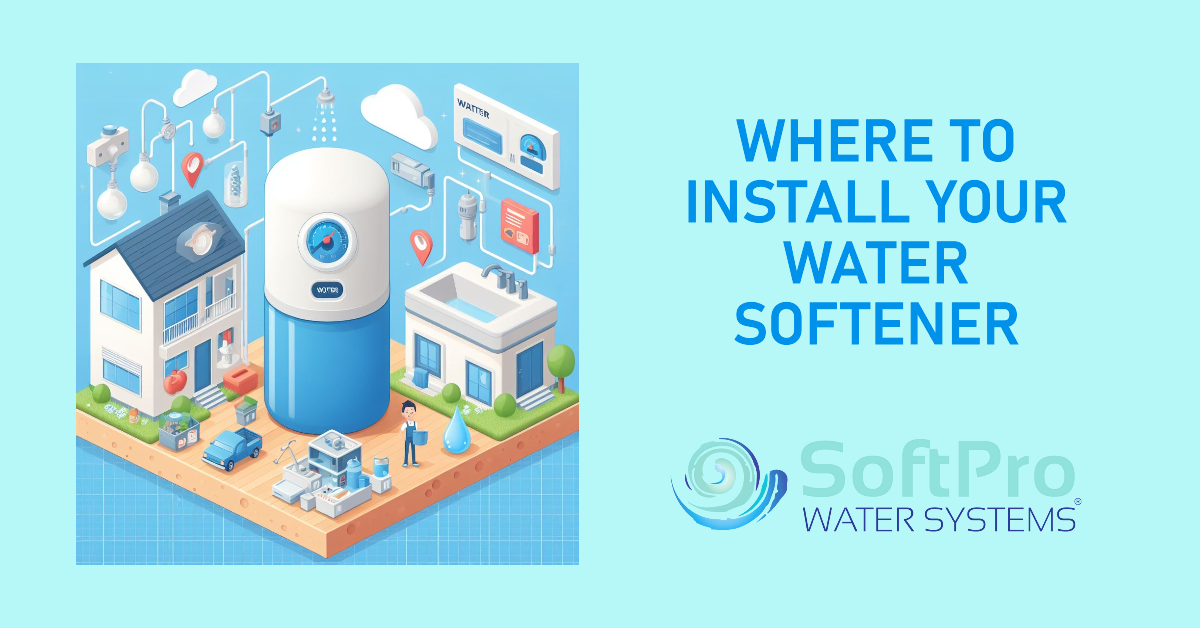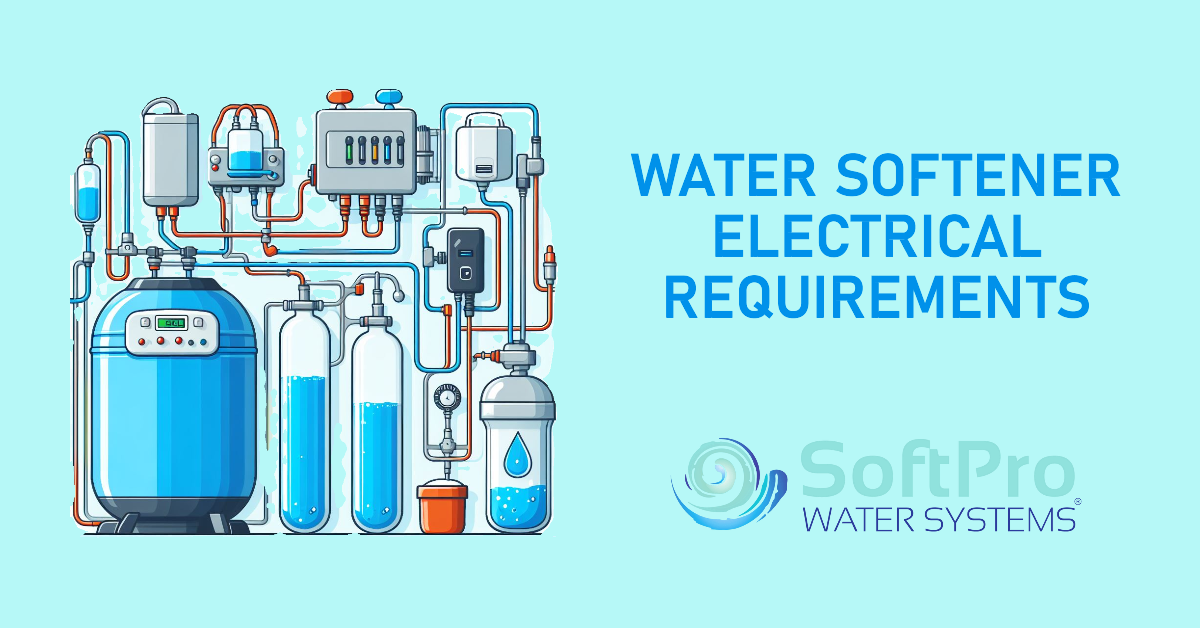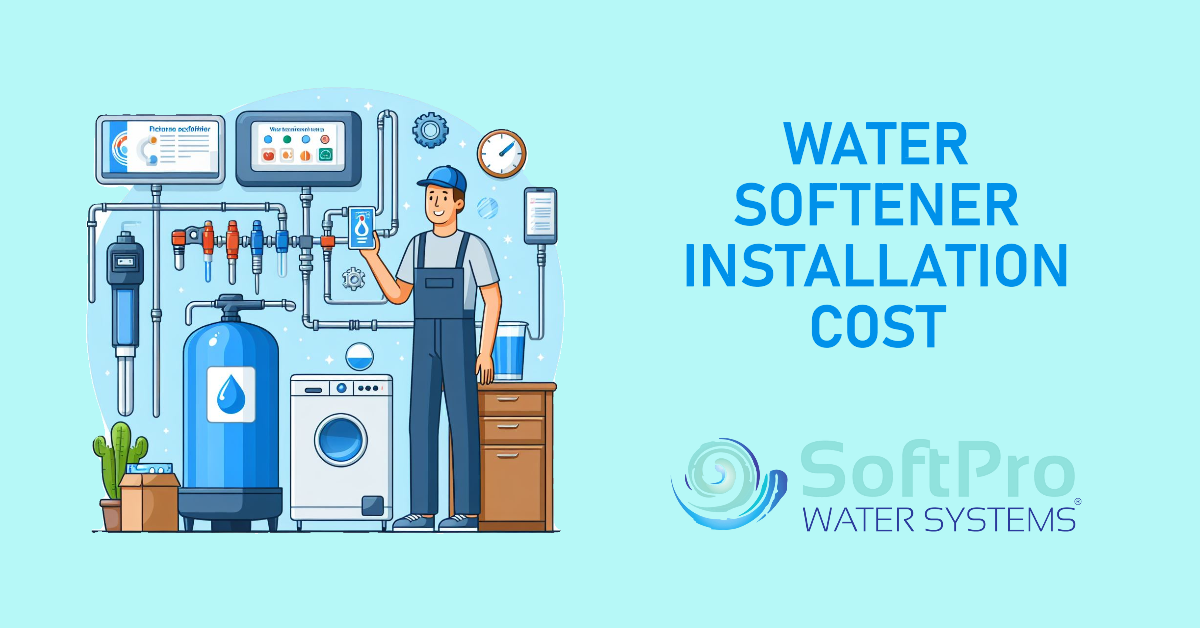Where to Install Your Water Softener?
Table of Contents
The ideal location to install your water softener is as close as possible to the main water line entry point into your home, typically in a basement, garage, or utility room. Ensure it has access to a drain, an electrical outlet, and is protected from extreme temperatures.
Let's explore the key factors and best places for your system.
Understanding the Importance of Water Softener Placement
Your water softener removes hardness minerals like calcium and magnesium. Here's why strategic placement matters:
- Point of Entry (POE): Install your softener as close as possible (ideally within 6 feet) of where your home's main water line enters. This ensures all incoming water is treated before distribution, maximizing softened water benefits.
- Drainage: During regeneration, the softener needs to flush out wastewater. Suitable options include a floor drain, laundry tub, sump pump, or a standalone drain line.
- Electrical Access: An electrical outlet is essential to power the water softener's control panel and automatic regeneration processes.
- Temperature Protection: Extreme temperatures can damage your softener. Avoid outdoor areas or spaces prone to freezing. Garages, basements, or utility rooms are ideal.
- Space Considerations: Allow enough room around the softener unit for easy maintenance and adding salt to the brine tank.
Where to Put Your Water Softener: Popular Choices
- Garage: Garages often offer convenient access to the water line and a nearby outlet. In uninsulated garages, protect your unit from freezing temperatures.
- Basement: For many homes, basements are a prime location. They generally provide ample space, proximity to the main water line, and convenient drainage options.
- Utility Room or Closet: A dedicated space keeps your system organized and out of sight. Ensure there's enough room for maintenance tasks.
- Outdoors: This option is feasible in warm climates. Ensure a protective enclosure shields the unit from harsh sunlight, rain, and extreme temperatures. Install it as close to the water entry point as possible and be mindful of local code requirements for outdoor plumbing.
Crucial Considerations for Choosing the Right Location
- Local Building Codes: Be aware of any local regulations or permits that might impact the installation of your water softener. You can usually find this information on your city or county government website.
- Professional Installation: While DIY installation is possible, a professional plumber can help with tricky setups and ensure your system is correctly connected.
The Benefits of Proper Water Softener Placement
- Maximized Efficiency: Installing your softener close to the water entry point ensures softened water reaches your entire home, protecting appliances and improving water quality.
- Extended Lifespan: Protecting your softener from freezing temperatures or extreme heat helps prolong its lifespan, saving you money in the long run.
- Convenience: A well-placed water softener allows for easy salt refills and routine maintenance.
- Plumbing and Appliance Protection: Soft water significantly reduces scale buildup, preventing costly repairs and premature replacement of pipes, fixtures, and water-using appliances like your water heater.
FAQs:
Can I install my water softener myself, or do I need a plumber?
Some homeowners opt for DIY installation. However, if you have limited plumbing experience or your home has complex piping, it is highly recommended to enlist a professional plumber to ensure proper connections and avoid potential damage.
Are there any restrictions on where I can place my water softener?
Check your local building codes, which may have regulations regarding water softener placement, drainage, or required permits. Outdoor installations may also face additional local restrictions.
My garage isn't insulated. Can I still install the water softener there?
If your garage experiences freezing temperatures, you'll need to take measures to protect your water softener. Options include insulation, a protective enclosure, or choosing a different indoor location.
How much space do I need for a water softener?
Consider both the dimensions of the unit itself and the space required for maintenance and refilling the salt tank. Be sure to factor in these measurements when selecting an installation location.
SoftPro Water Systems: Your Partner for Optimal Water Solutions
At SoftPro Water Systems, we help you select the right system and guide the installation process for maximum benefits.
Discover the SoftPro Difference:
- Cutting-Edge Systems: Our water softeners deliver superior performance, reduce salt and water waste, and are tailored to your specific water hardness levels.
- Unmatched Efficiency: Enjoy cost savings on energy bills and extend the lifespan of your appliances with softened water.
- Whole-Home Improvement: Experience the difference in your hair, skin, laundry, and the overall quality of your water.
Key Takeaways
|
Factor |
Importance |
|
Proximity to Water Entry |
Minimizes treated water travel, maximizing benefits |
|
Drainage Access |
Essential for the regeneration cycle |
|
Temperature Stability |
Protects system from damage, ensuring longevity |
|
Space Requirements |
Allows for easy maintenance and salt refills |
|
Local Regulations |
Compliance ensures proper and safe installation |
Ready to experience the benefits of softened water?
Contact SoftPro Water Systems today for a free water hardness test and personalized installation quote. Let us transform your home's water quality!




![SoftPro Chlorine+ Carbon Whole House Water Filter to Remove PFAS, Chlorine, Chloramine & Pesticides [City Water Filters Series]](http://www.softprowatersystems.com/cdn/shop/products/softpro-whole-house-chlorine-filter-282008.jpg?v=1758858973&width=140)
![SoftPro Iron Filter - Iron Master AIO - Best Iron Filter for Well Water [Air Injected Water Filter / Katalox]](http://www.softprowatersystems.com/cdn/shop/products/softpro-iron-master-aio-water-filtration-system-remove-iron-sulfur-manganese-using-air-injection-for-optimal-performance-412868.jpg?v=1758859831&width=140)













